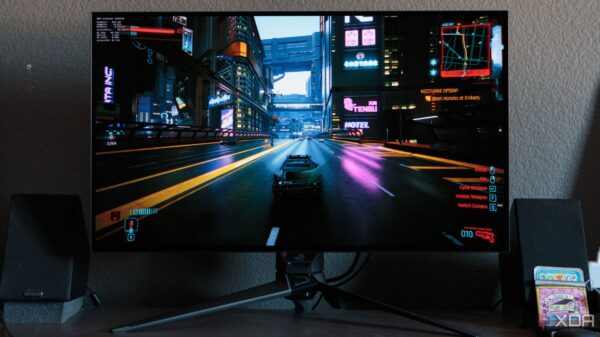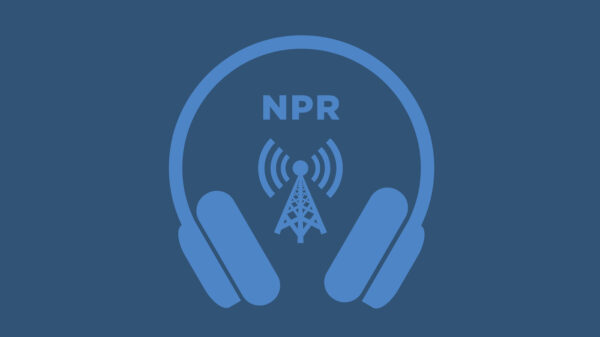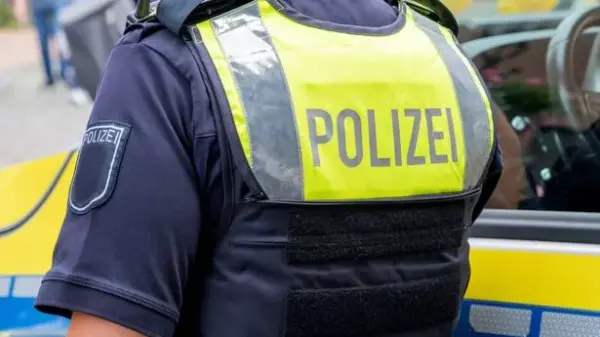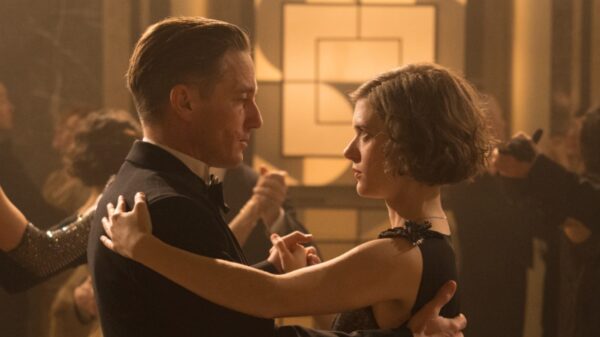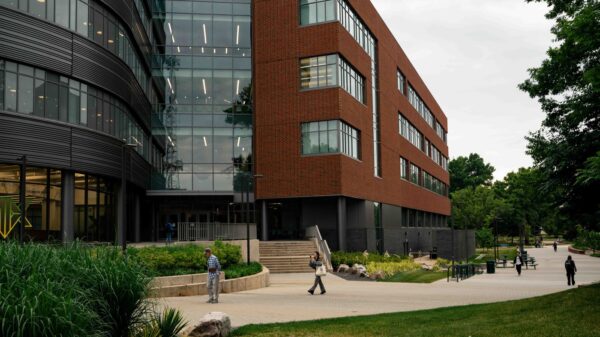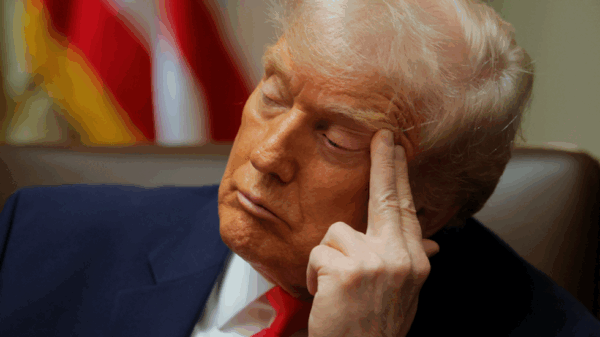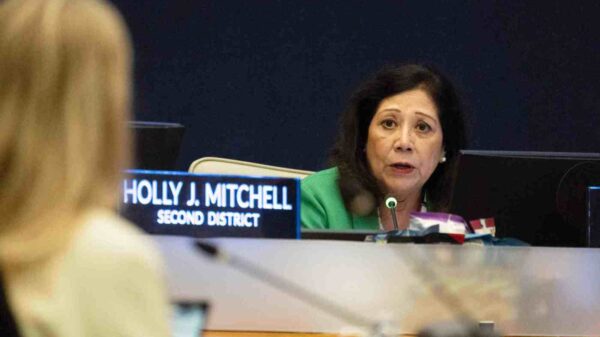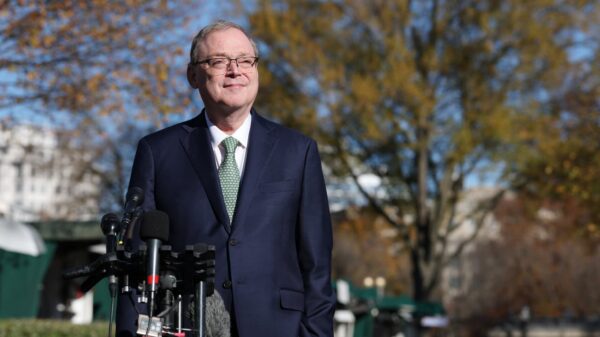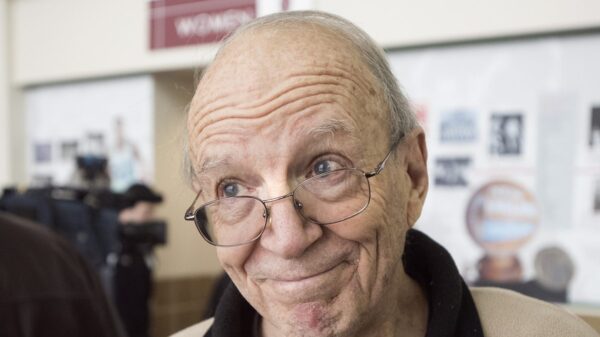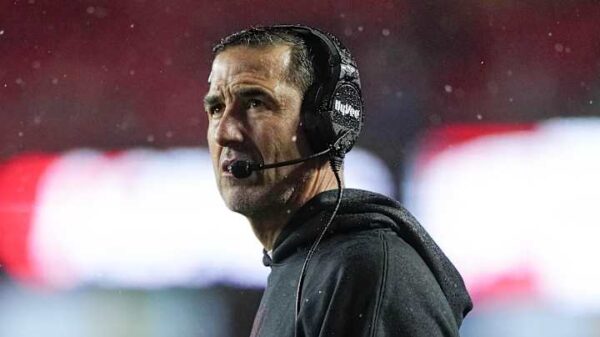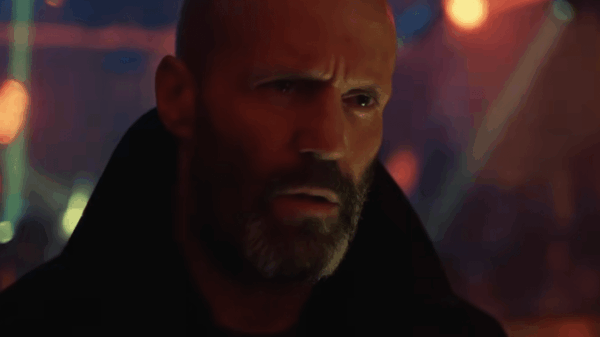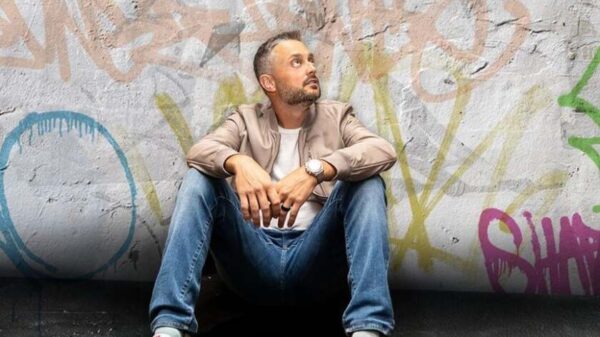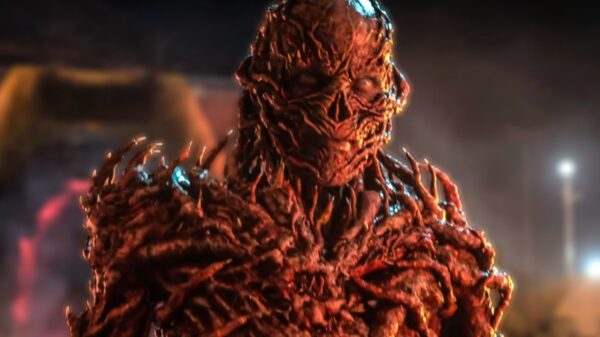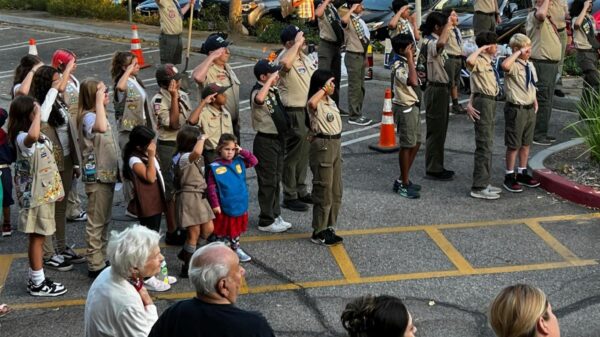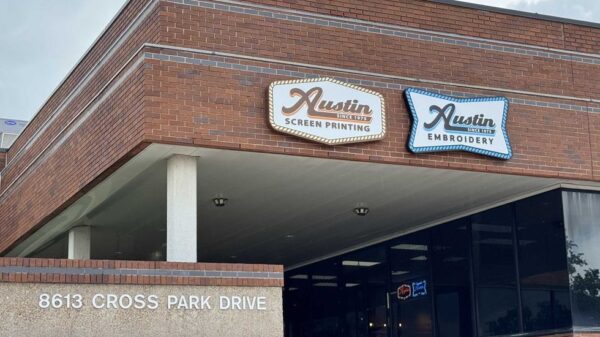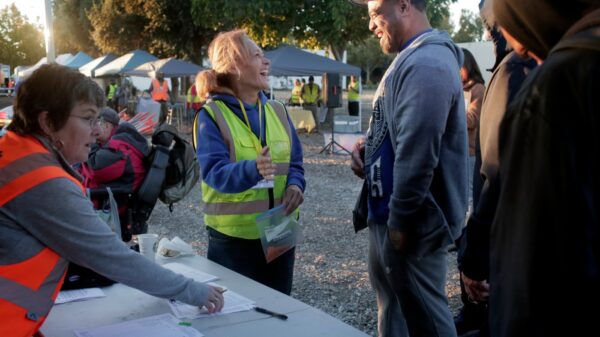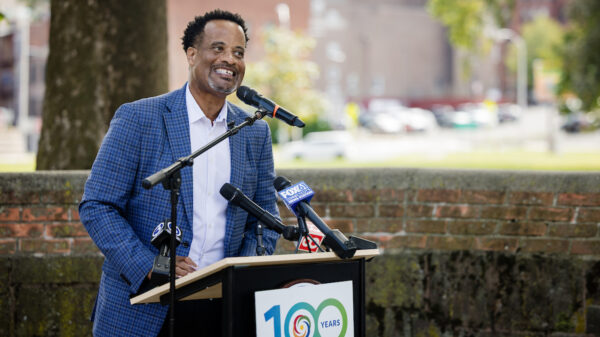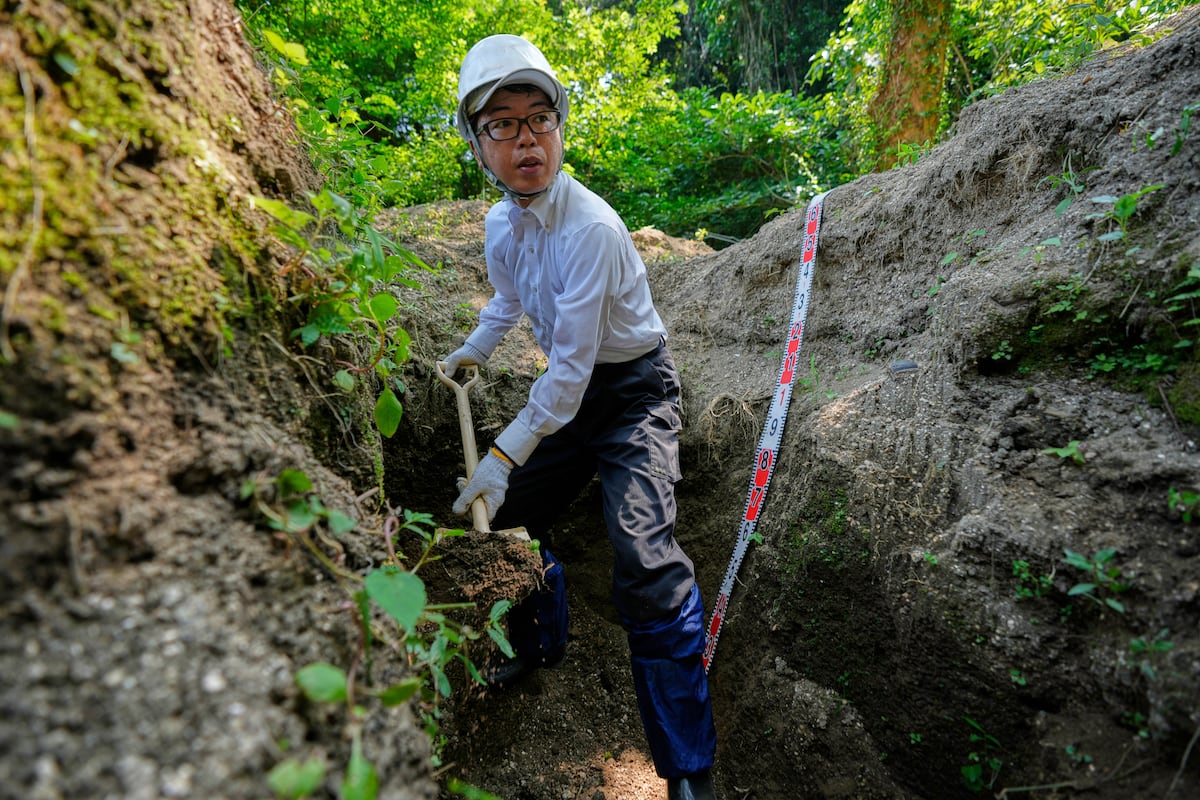Eighty years after the atomic bombing of Hiroshima on August 6, 1945, efforts to locate the remains of victims continue on the small island of Ninoshima. This rural location, situated just south of Hiroshima, served as an emergency hospital for thousands of survivors brought by military boats shortly after the explosion. Many victims suffered severe injuries, with their clothing burned off and flesh severely damaged. Historical records indicate that by the time the field hospital closed on August 25, only a few hundred survivors remained, while the rest were hastily buried across various locations.
Driven by a deep desire to honor the deceased, residents and researchers are actively searching for the missing remains. Rebun Kayo, a researcher from Hiroshima University, has been visiting Ninoshima regularly to assist in these efforts. “Until that happens, the war is not over for these people,” Kayo stated, emphasizing the emotional toll on families still haunted by the absence of their loved ones.
Unearthing Evidence of the Past
On a recent visit, Kayo returned to a hillside plot in the forest where he has conducted searches since 2018. Clad in protective gear, he began sifting through gravel in hopes of finding bone fragments. Over the years, Kayo has discovered approximately 100 pieces, including skull fragments and a jawbone belonging to an infant. He believes these bones, unearthed in an area suggested by a local resident, likely belonged to a toddler buried decades ago. “The little child buried here has been alone for all these years,” Kayo remarked, reflecting on the sorrowful reality of the unmarked graves.
The catastrophic aftermath of the atomic bombing saw victims arriving at Ninoshima’s No. 2 quarantine center mere hours after the blast, which obliterated Hiroshima and claimed tens of thousands of lives. By the end of 1945, estimates indicate that the death toll reached around 140,000. Survivors, like Tamiko Sora, who was only three years old at the time, recall the chaos vividly. Sora, who sustained burns on her face, remembers the harrowing moments when she encountered an unattended five-year-old girl and a woman desperately pleading for help for a baby.
Witness Accounts and Historical Context
In the immediate aftermath of the bombing, the island became a hub of frantic activity. Soldiers worked tirelessly to provide care while managing the overwhelming number of casualties. Eiko Gishi, then an 18-year-old boat trainee, recounted the chaotic conditions as patients were brought ashore. “Many of the wounded died soon after sipping water,” Gishi recalled, noting the dire circumstances faced by those trying to save lives.
As the situation escalated, soldiers soon ran out of space to store the deceased, leading to makeshift burial sites and incineration of bodies originally intended for horses. Yoshitaka Kohara, a former army medic, described the shock of witnessing the first wave of patients, stating, “I had never seen anyone in such a cruel and tragic state. It was an inferno.” By the time the hospital closed, only about 500 survivors remained.
Despite the recovery of approximately 3,000 remains since 1947, thousands more are believed to be unaccounted for. Kazuo Miyazaki, a historian born on Ninoshima, highlighted the importance of preserving these stories and lessons for future generations. “Hiroshima was not a city of peace from the beginning,” he noted, urging continued remembrance and education regarding the impact of the bomb.
The search for remains on Ninoshima continues to draw attention, with survivors like Sora making pilgrimages to pray for those lost. During a recent visit to a nursing home, Kayo presented Sora with the fragile bone fragments he had discovered. “I’m so happy you were finally found,” Sora said, welcoming the bones back with a poignant sense of closure.
As the 80th anniversary of the bombing approaches, the collective effort to find and honor the missing remains a crucial part of healing for survivors and their families, ensuring that the memories of those lost are never forgotten.

